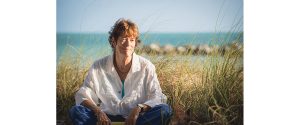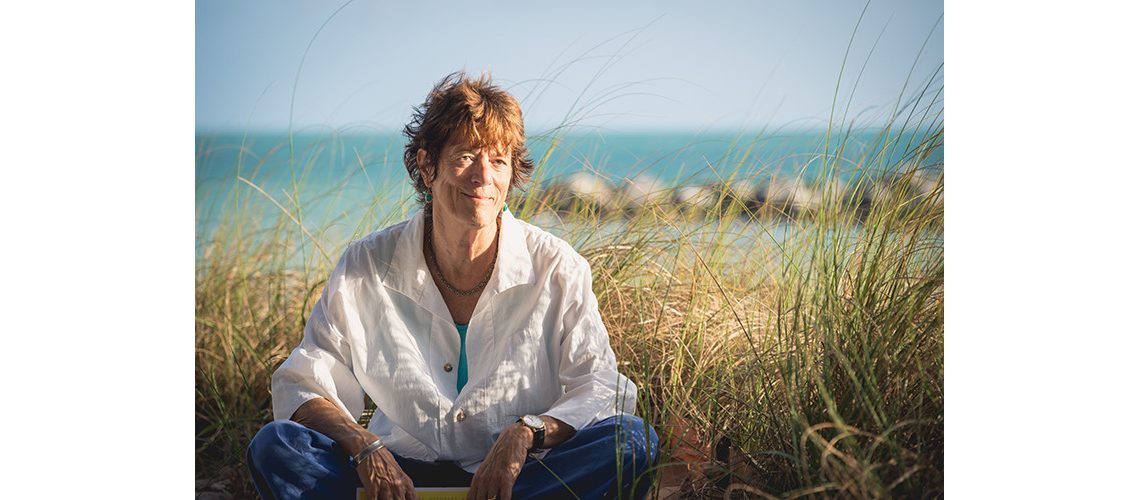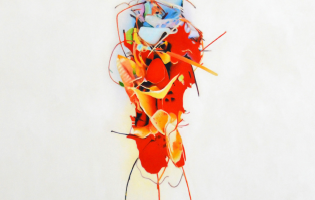Book Review / Miss Stephen’s Apprenticeship:
How Virginia Stephen Became Virginia Woolf
by Rosalind Brackenbury
(Iowa City: University of Iowa Press, 2018
What author’s is more mysterious, even glamorous, than that long-faced, somewhat skeptical visage that looks out at us, or past us at her own realms and demons. She was, after all, not only a determined writer but also a deeply observant and passionately self-doubting one along the way to her preeminence.
Woolf is, of course, still one of the most modern of writers, even after a century since she began publishing her striking novels, unavoidable as they are for anyone seeking to understand modern fiction in English. Indeed, she was herself a strikingly independent and insightful literary critic of her own and of previous periods.
The book at hand, Rosalind Brackenbury’s latest, is an exploration and explanation of Woolf’s development as a writer. Brackenbury begins with Woolf’s adolescence and early adulthood as one of the Stephens, but goes on into her maturity as Virginia Woolf. Brackenbury is persuasively analytical, raising and considering a very interesting series of influences and tendencies in Woolf’s developing work. , supplemented by a pellucid memoir of visiting the summer house on the Cornish coast where Miss Stephen’s family stayed every summer until she was thirteen, her mother died, and a hotel was built in the middle of the view of bay and lighthouse. This is the source of Woolf’s perhaps greatest work, To the Lighthouse, a barely disguised memoir itself of Stephens’ family in this particular setting.
The Stephens’ father was a Victorian worthy, the very prominent long-time editor of the highly regarded National Dictionary of Biography. At his wife’s early death, he became totally dependent on, and controlling of, his two daughters, in particular Virginia. He did not consider either of them eligible for university education, unlike his sons. but did provide Virginia with tutors in languages and scholarly studies useful for helping in his own life’s work. And from an early age Virginia had unrestricted access to his enormous library. She studied and read in French, Latin, and antique Greek.
At their father’s death, when Virginia was 22, she and her sister and brothers, now orphans, quickly moved to London’s Bloomsbury neighborhood. There they and their young friends reveled in their escape from Victorian pieties and pruderies, and Virginia began plotting her first novel. Only two years later the earlier loss of her mother, traumatic as it was, was only compounded by the untimely death of her older brother, who had encouraged and supported her efforts, and introduced her at their new address to his brilliant university friends–Keynes, Strachey, and others to-be-famous. Now she was on her own.
As a novelist herself, Brackenbury is fascinated by the route by which Virginia made herself into a writer, and a profoundly new kind of novelist. Brackenbury found Woolf through her Waves, and her own choice of writing as her profession, on her own. Since Woolf was ignored in English university (male) English departments when she was a student, Brackenbury is even more interested in how Woolf chose to make her way in a distinctly man’s world then, and since.
Brackenbury therefore considers Woolf’s early “Expectations,” her literary influences, the beginnings of her own writing, and her close, detailed, poetic observation of life and nature. After a beautiful recounting of her own trip to spy on the Stephens’ summer house, now a multi-family rental, Brackenbury goes on to consider the influence of her sister, the painter Vanessa Bell,
[livemarket market_name="KONK Life LiveMarket" limit=3 category=“” show_signup=0 show_more=0]





No Comment